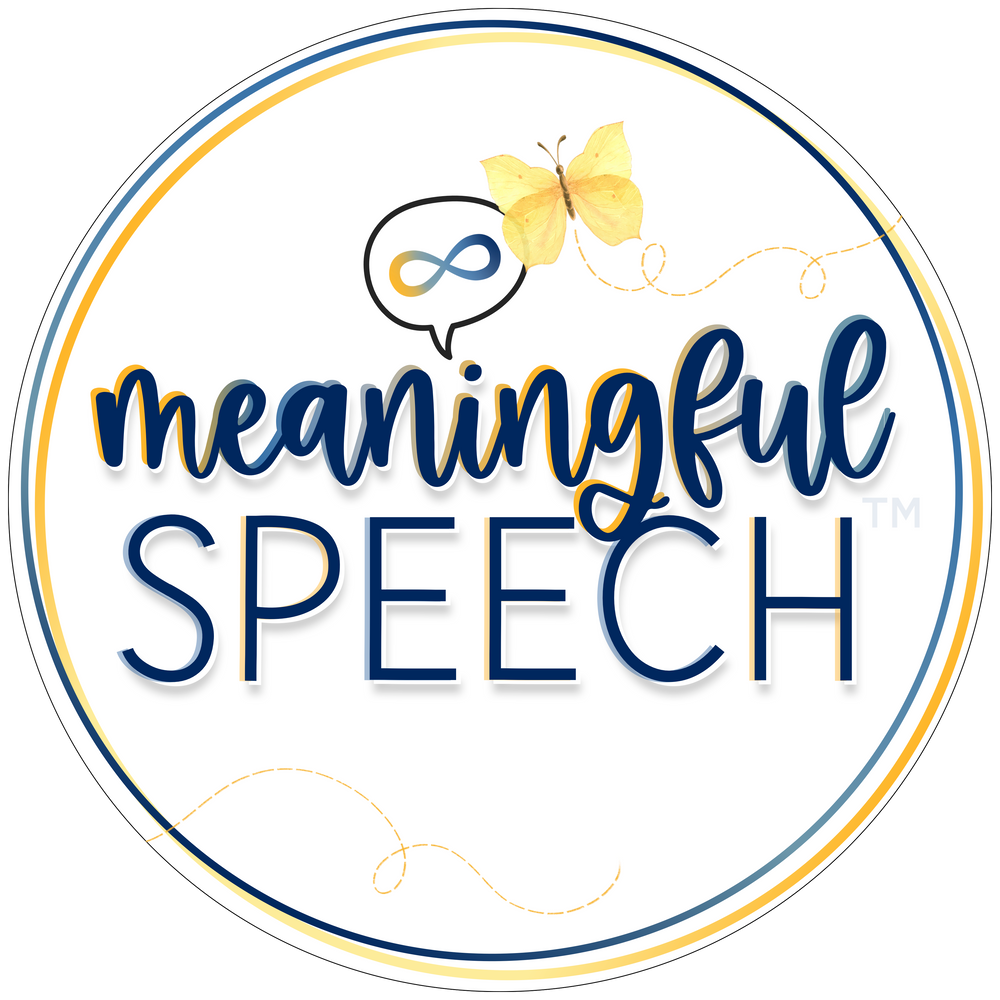Does my gestalt language processor need AAC?
Oct 22, 2025
In short, we all use AAC. AAC stands for Augmentative and Alternative Communication, and we all use different forms of it every day whether it's email, texting, writing, voice notes, visuals, etc. We also know that visuals often support language development.
Since it’s AAC Awareness Month, it is the perfect time to revisit what it looks like to support gestalt language processors with robust AAC systems and when we might consider a robust speech-generating device.
When to consider a speech generating device for a gestalt language processor
You may want to consider AAC when:
-
-
A child cannot meet all of their communication needs through use of mouth words/spoken language. All children deserve to request, comment, protest, complain, ask questions, share information about past and future events, and so much more.
-
A child is not developing spoken language despite being surrounded by positive, rich, meaningful language models.
-
A child’s spoken language is often unintelligible (not easily understood by communication partners).
-
A child frequently shows signs of frustration during communication breakdowns.
-
A child has difficulty initiating spoken, self-generated language (consistently or intermittently).
-
A child shows signs of benefitting from visuals paired with auditory input.
-
A child becomes more regulated, confident, or engaged when given access to alternative forms of input or output.
-
Things to keep in mind when it comes to AAC & Gestalt Language Processing
AAC systems are built with analytic language processors in mind, meaning most systems are organized around single words. But gestalt language processors in Stage 1 (delayed echolalia) and Stage 2 (partial mitigations or trimmed-down gestalts) need access to whole phrases (gestalts and potential gestalts) rather than single, isolated words. Eventually, they will be ready for those single words when they're in stage 3, but, not yet!
The good news: we can absolutely support that. It just requires intentional setup and modeling.
Here are key considerations:
-
Provide a robust system. This means access to core words, fringe vocabulary, the alphabet, and various communication functions not just requesting.
-
Model AAC during natural, authentic interactions. Think connection-first, not drill or demand.
-
Build your modeling skills so that you can model longer messages not just single words.
-
Program and model gestalts and mitigations the child is currently using or that you are modeling verbally.
-
Allow time for unrestricted exploration of media such as YouTube or personal audio clips. Get curious about what they gravitate toward rather than restricting it.
-
Embed meaningful audio, video, and images directly into the AAC device whenever possible. What is personally relevant will be more meaningful and more likely used often.
Want deeper guidance?
Our AAC for Gestalt Language Processors course is 25% off this week only (10/20-10/24) for AAC Awareness Month.
This course teaches you how to:
-
Identify, evaluate, and support gestalt language processors who currently use or may benefit from AAC
-
Determine meaningful, authentic gestalts for modeling and programming
-
Set up systems intentionally for natural language development beyond just requesting
-
Confidently support children through the stages of gestalt language development using AAC intentionally and respectfully
Sale code: AAC25 (not valid on payment plans).
If this topic matters to you, now is the time to dive deep. Remember, there are no prerequisites to AAC, and it is never too late to get started. There are many AAC options, some paid and some completely free.
